
TERROIR
12-04-2023 by Freddie del Curatolo
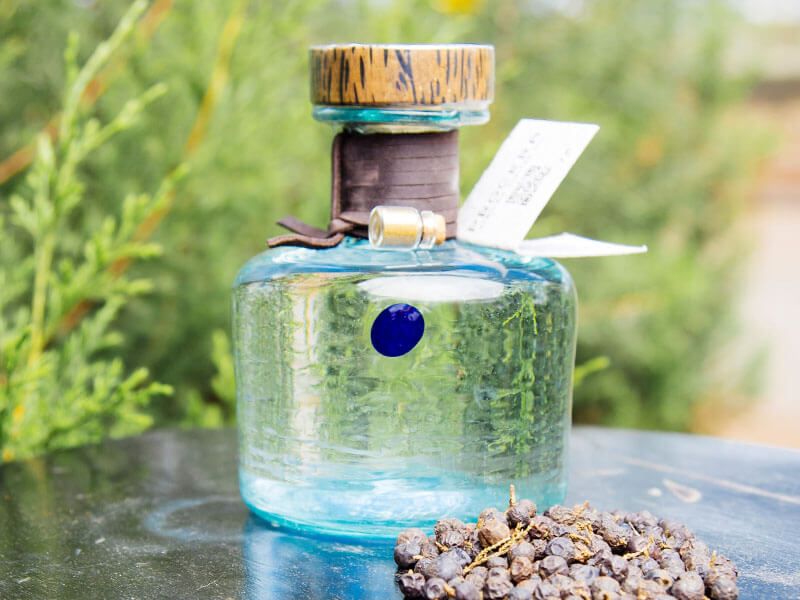
High-altitude African juniper berries native to the Kijabe Plateau, more than 2,000 meters above sea level, not far from Mt. Longonot and the Maai Mahiu escarpment, harvested only 70 kilometers from the distillery where they are expertly transformed into the world's first gin to use Juniperus Procera, the only juniper species indigenous to the southern hemisphere. Thus was born "Procera Gin," which is proving to be a success at the highest level (the price is not for everyone, about 80 euros a bottle) and has already received many awards from specialized magazines and associations, even deserving an article in the prestigious American magazine Conde Nast Travel.
"Procera captures the terroir of our continent in every sip," explain the producers of this British-Kenyan partnership, "we harvest the berries at the end of the small rains with the local community living near the forest. These high-altitude, sun-exposed equatorial junipers create the distinctive nutty, earthy flavors of Procera, a word that means "high" in Latin. When you walk through the Procera forest of the Kenyan highlands, you will quickly understand why, as you are towered over by these majestic giants. What makes the Kenyan juniper so special is the fact that while the common juniper grows in temperate zones and receives summer sun for only three months of the year, Procera berries receive about seven hours of sunshine a day all year round. Located at 2200 meters, the Kijabe forest where we harvest the juniper receives even more direct and strong sun. Hence the richness of aromas and essential oils that only the equatorial sun can provide."
What's more, the makers of this fantastic gin help preserve the environment with their trade, as they partner with the Kijabe Forest Trust, an organization founded to protect Kijabe's native forests from poaching animals and trees. In turn, rangers coordinate with local communities to harvest Procera berries. They know, for example, that it is time to start harvesting juniper when the local baboon family starts devouring them with great appetite for their sweetness.
Showing local communities that each tree has direct monetary value each year not only plants more trees but also reduces the felling of old ones. If it is an incontrovertible truth that an occasional gin and tonic is good for the spirit and improves life and coexistence, finding a native, delicious gin that is also good for the environment is an extraordinary thing.
"We hope the world will realize that the unparalleled sunshine and terroir of Kijabe create a better juniper berry to distill," add the creators of Procera Gin. "We dream that in the future 'African Dry Gin' will become a designated category that: must be distilled in Africa; must use African juniper; must use only botanicals grown on the continent. If this dream came true and there were 10 more Kenyan distilleries, the future of these magnificent juniper forests would not only be assured, but the reforestation of their former habitat throughout the Kenyan highlands would become much more likely."
NATURE
by Leni Frau
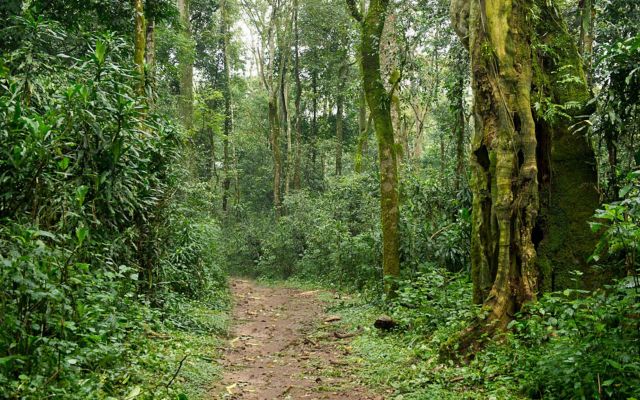
Kakamega Forest is the last corner in Kenya of the great tropical rainforest that stretched across...
ENVINROMENT
by redazione

The protection of Kenya's marine environment and its ecosystem has received the important support of a Hollywood movie star.
Leonardo...
TERRITORY
by redazione
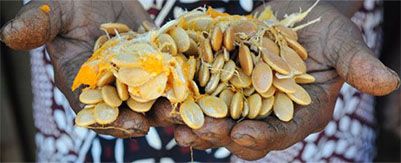
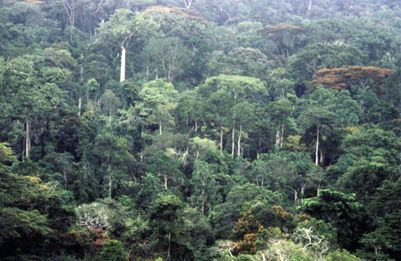

Not just plastics and by-products, Kilifi County has asked the highest government environmental authority, NEMA, to intervene to...
ENVIRONMENT
by Leni Frau

By the end of March, replant the trees uprooted to build the Nairobi elevated expressway. This is the diktat...
CONSERVANCY
by Leni Frau

They call it 'Tarzan's Paradise'.
The azure...
TALK
by redazione
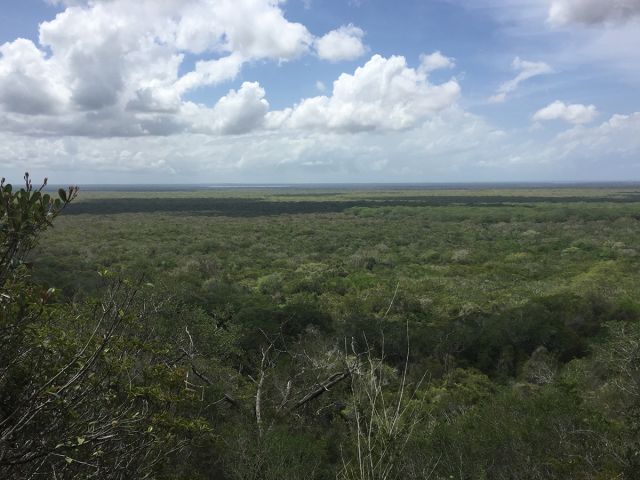
The Arabuko Sokoke forest is one of the most important and extensive green lungs on the Kenyan...
ENVIRONMENT
by redazione

The Arabuko-Sokoke forest, which extends between the hinterland of Malindi and that of Watamu and Kilifi, has been included in the...
by Leni Frau
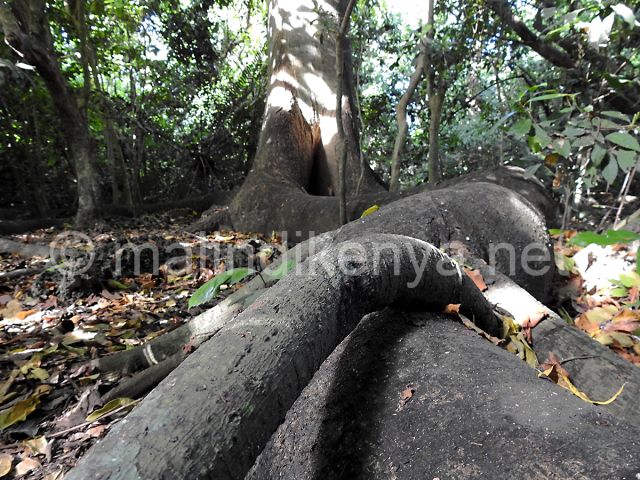
The Kenyan government has said enough is enough, or at least that is the intention: the...

The forest on the slopes of the extinct volcano Menengai and its huge crater, in the area of Lake Nakuru, has...
RESERVES
by Leni Frau
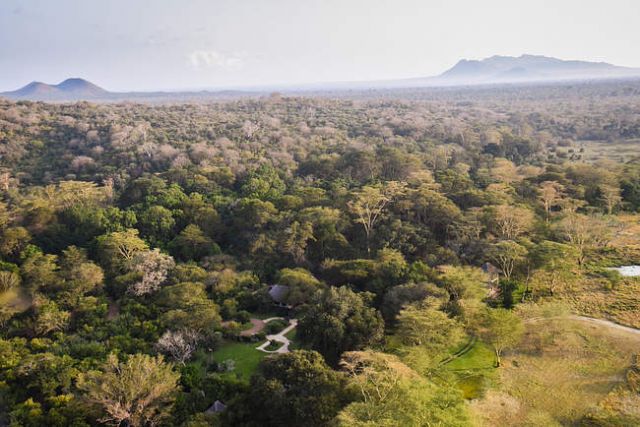
The Kibwezi Forest Reserve, established in 1936, is one of Kenya's last rainforests...
NEWS
by redazione

More than seventy hectares of the beautiful and unspoilt Aberdare forest, south of the Kinangop area, have...